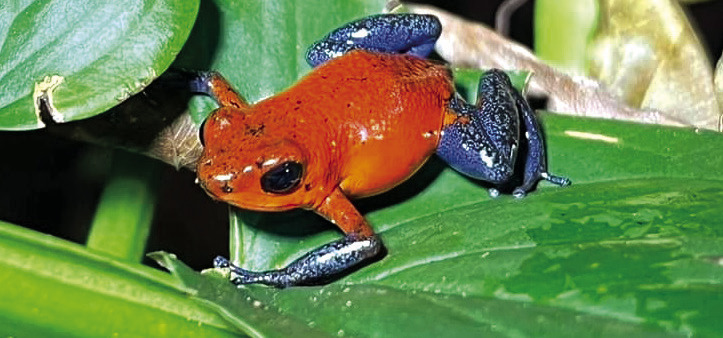rogs
One thing has been missing from my neighborhood for several years now — the melodious croaking of frogs.
Not so many years ago, I could count on hearing a frog serenade after every heavy rain. There was a marshy area not too far from my house where frogs lived in noisy abundance.
No more. I haven’t seen or heard a frog in several years.
And I’m not alone. The frog population is falling worldwide.
Prime culprits are fungal infection, climate change and habitat loss. To be more precise, the fungal pathogen is called Batrachochytrium dendrobatidis, or Bd for short. It has devastated amphibians around the world.
University of Texas scientists made a comprehensive study and found that drought, rising temperatures and increasing conversion of land to agriculture were all factors in the decline of frogs.
When you remove frogs from the ecosystem, you get less control of insects, things that frogs like to eat. There is also less food for critters that eat frogs, like birds, snakes and some small animals. It really throws things off and make the entire ecosystem less functional and stable.
The deadly Bd pathogen has caused the decline of at least 500 amphibian species, some 200 of which are now extinct or almost extinct.
How can we save the frogs?
It is a matter of keeping habitats healthy — push for laws that protect wetlands and forests. Stop using pesticides on yards. And stop eating frog legs, which are still considered a delicacy in many parts of the world, including France, China and Spain.
Let’s give frogs a fighting chance to survive. I’d really hate to live in a croakless world.








